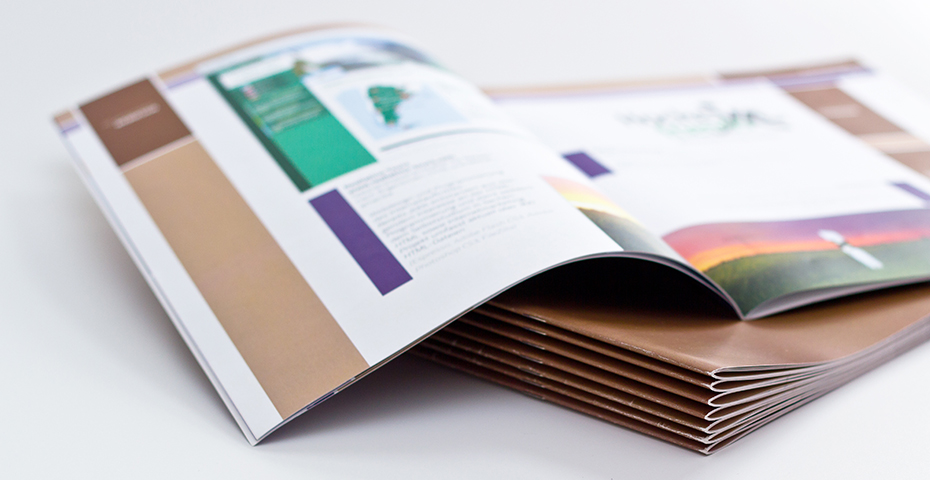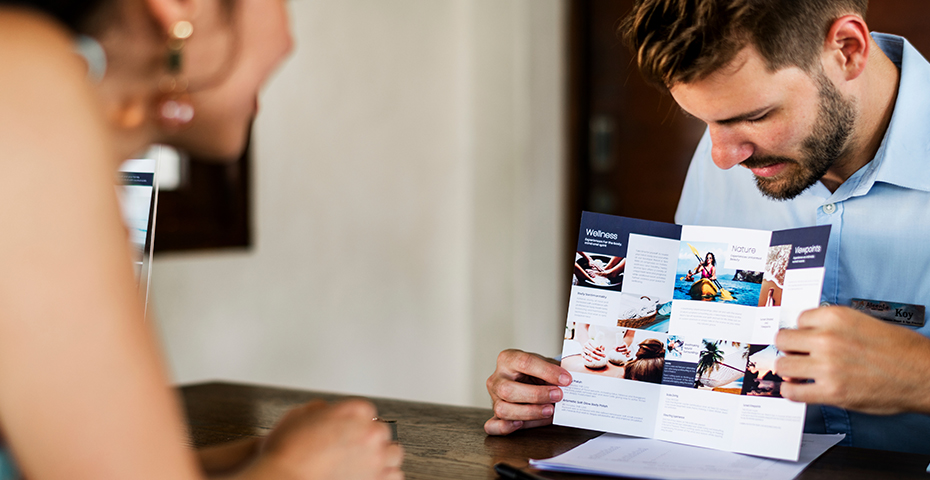Defining The Target Audience
Understanding your target audience is crucial for creating a brochure that resonates. A target audience is a specific group of people who are most likely to be interested in your products, services, or message. These individuals share common characteristics such as demographics, behaviors, needs, and interests.
To define your target audience, consider the following steps:
Identify Demographics
Determine the age, gender, income level, education, and occupation of your ideal customers.
Understand Psychographics
Analyze their lifestyle, values, attitudes, and interests to understand what motivates them.
Analyze Behaviors
Look at their purchasing habits, online activity, and how they interact with your brand.
Segment Your Audience
Divide your audience into smaller groups based on shared characteristics to effectively tailor your messaging.
Research and Feedback
Use market research, surveys, and customer feedback to refine your understanding of your target audience.
Once you clearly understand your target audience, you can tailor your brochure’s design and content to appeal directly to their needs and preferences.
Entrepreneurs
Focus on investors, potential partners, or early adopters. Highlight innovation, growth potential, and unique value propositions.
Small Businesses
Target local customers, suppliers, or community members. Emphasize personal service, quality products, and community involvement.
Medical Professionals
Aim at patients, referring doctors, or insurance providers. Showcase expertise, specializations, and patient success stories.
Healthcare Practices and Hospitals
Target patients, healthcare providers, or donors. Highlight a range of services, advanced technology, and patient care excellence.








